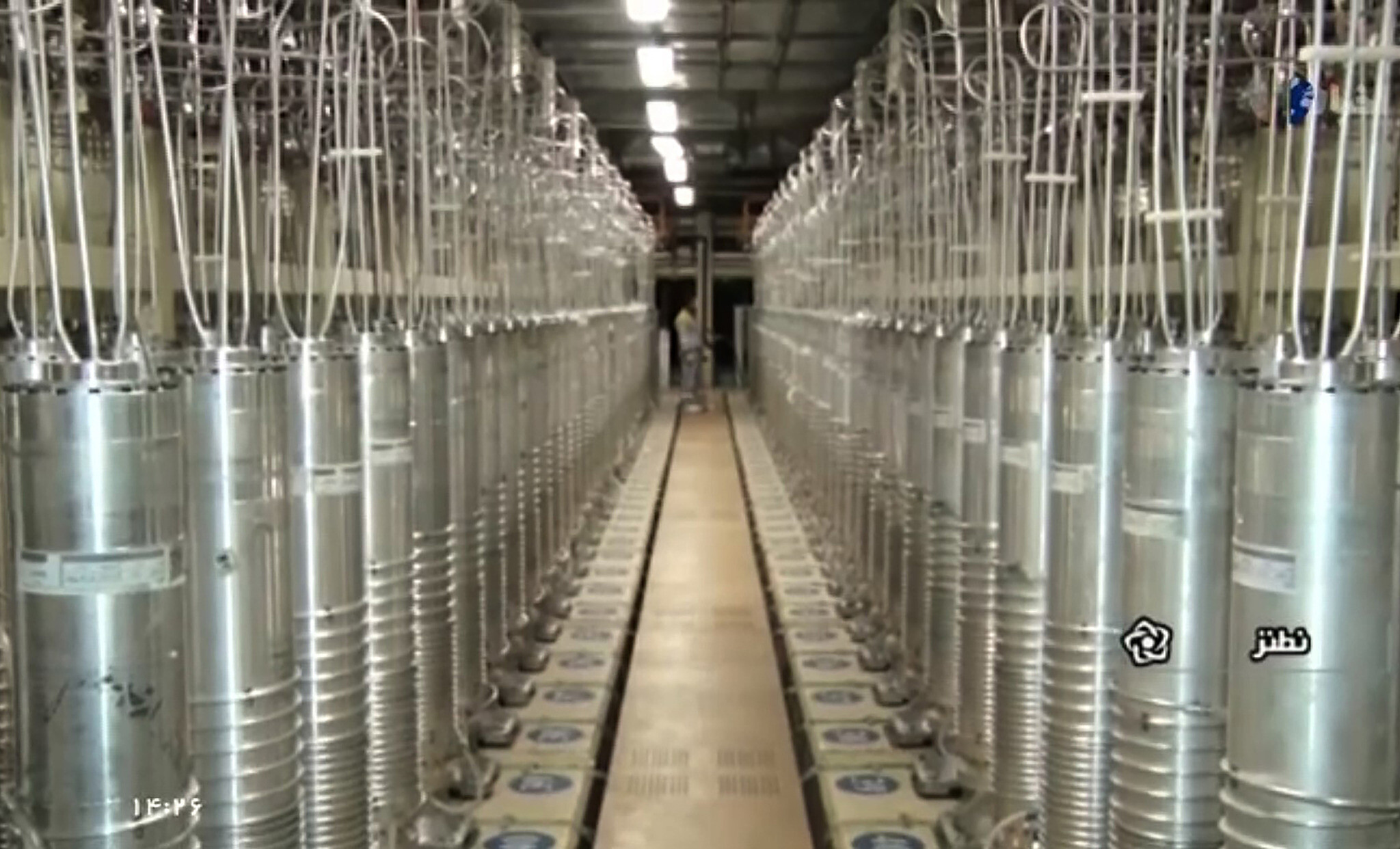How two decades of misjudgments by Washington helped lead Tehran to the nuclear brink.
After more than two decades of failed policies—fluctuating wildly between confrontation and cooperation—Washington and the West still find themselves facing down a hostile Iran. And today, though it is in dire shape economically, Tehran may be close to delivering the final rebuff, with experts saying it is just weeks away from achieving nuclear bomb capability.
This week, all but giving up on their fitful attempts to revive the 2015 nuclear deal, the United States, United Kingdom, Germany, and France drafted a resolution to the International Atomic Energy Agency (IAEA), the United Nations’ nuclear watchdog, criticizing Iran’s lack of cooperation. It passed overwhelmingly on Wednesday.
Iran responded angrily by shutting off a number of IAEA surveillance cameras and making plans to upgrade uranium enrichment, in what IAEA Director-General Rafael Grossi said could be a “fatal blow” to the deal. And even as protests in the streets aimed at Iranian Supreme Leader Ali Khamenei are reigniting a decades-old dream of regime change in Tehran, there is likely little hope of that, either.
Yet so broken is the U.S. strategy that all it depends on any longer is hope, some experts say: “Bottom line, we’re drifting, hoping that Iran won’t push the nuclear envelope; Israel won’t do something really big; and Iran and its proxies don’t kill a lot of Americans in Iraq or elsewhere,” said Aaron David Miller, a veteran Middle East negotiator. “That’s not a strategy.”
Foreign Policy

Leave a Reply
You must be logged in to post a comment.